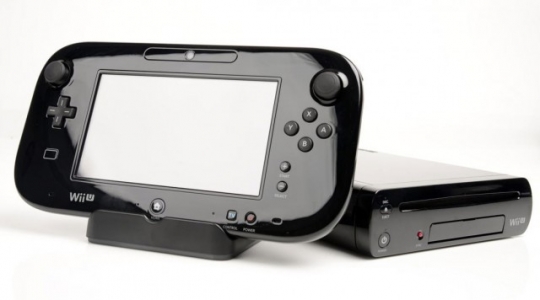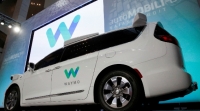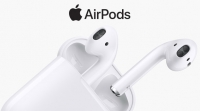When Nintendo announced it was working on a new console, codenamed “NX,” the company hinted its new platform would blend the capabilities of a traditional home console with those of a mobile device. Now the company has filed a patent application that sheds some light on how it might accomplish that feat — and the device it describes is like nothing any vendor has shipped before.
The patent application (20150343306) describes a system in which a primary game console connects to a supplemental device to “to increase the speed or quality of a user’s gaming experience.” This has been read by some as a reference to the kinds of console upgrade hardware we’ve seen in the past, but a closer reading of the patent reveals something very different.
Nintendo’s hypothetical console can connect to multiple supplemental devices, measure their latency and performance characteristics, and assign appropriate workloads, all with the goal of improving primary console performance. These supplemental devices are shown as being wired directly to the primary console, as below, but the actual patent text makes it clear that supplemental devices could also connect via Wi-Fi or Bluetooth.
The patent then describes how end-users might configure their own hardware and make it available for this distributed rendering during specific times of day or night, and contemplates a method of rewarding players who choose to share their hardware in this fashion with game time, credits, or other materials.
Cluster-based console gaming?
The system Nintendo describes in its patent application sounds more like a compute cluster than a traditional platform. Game streaming is still in its infancy, but virtually every major player has something in the works. The Wii U arguably pioneered local game streaming, though the feature didn’t drive sales the way motion controllers drove the original Wii. Today, Sony and Nvidia have PlayStation Now and GeForce Now, the PlayStation Vita can stream at least some PS4 titles, and the Xbox One can stream games to any Windows 10 PC running on a compatible network. Microsoft also has a cloud computing backend available for additional processing, though I’m not aware of any shipping titles that currently use the feature.
The common enemy of all these capabilities is latency. Even in cases where Microsoft and Sony don’t technically limit users to local networks, cross-town network streams from a PS4 or Xbox One at home to a more distant location haven’t tested well.
When the Wii U shipped, reviewers noted that the console’s unique controller also limited its overall performance. While the console could technically support more than one controller (albeit at a performance hit), in practice, Nintendo assumed a single Wii U gamepad. The “supplemental” devices that Nintendo’s patent contemplates don’t sap the performance of the console — they improve it.
This patent doesn’t clarify what kinds of scenarios Nintendo believes would be suitable for offloading to supplemental devices, the hardware involved in doing so, or how the company would compensate for the still-significant latency hit of performing calculations remotely. Presumably there would be a way for developers to specify which tasks could be farmed out to supplemental devices, while core gameplay ran natively. It’s also not clear if Nintendo envisions a system in which end-users purchase multiple devices simultaneously, or how much that hardware would cost. Consumers are used to buying consoles as a distinct unit, so selling them on the idea of supplemental hardware could be tricky.
On the other hand, clustering hardware together could offer an interesting way for gamers to invest more money in exchange for better overall performance. Both the Xbox One and PS4 have often struggled to maintain frame rates (the Xbox One has a larger overall problem, but neither console is guaranteed to be lag-free). I don’t know how many Sony or Microsoft fans would pay an additional premium to alleviate these issues and guarantee a smooth 30-60 FPS at 1080p, but we bet some would. Whether Nintendo can launch and ramp such an approach is open to debate — network-related features and online gaming are far from the company’s traditional strengths.
Nintendo has already said it expects to announce the NX console’s release date at next year’s E3, and that the new system will be a complete break from the Wii’s architecture. This last can’t come quickly enough — while the Wii’s GPU technology has evolved significantly since the late 1990s, the CPU inside the Wii U dates back to the PowerPC 750CL CPU, which first debuted in 2000 and powered the GameCube. So far, we don’t know who is building the NX’s hardware or what CPU architecture it will use. AMD has been floated as the vendor, but Nintendo could have opted for an ARM CPU as opposed to an x86 chip.
Source: extremetech.com














